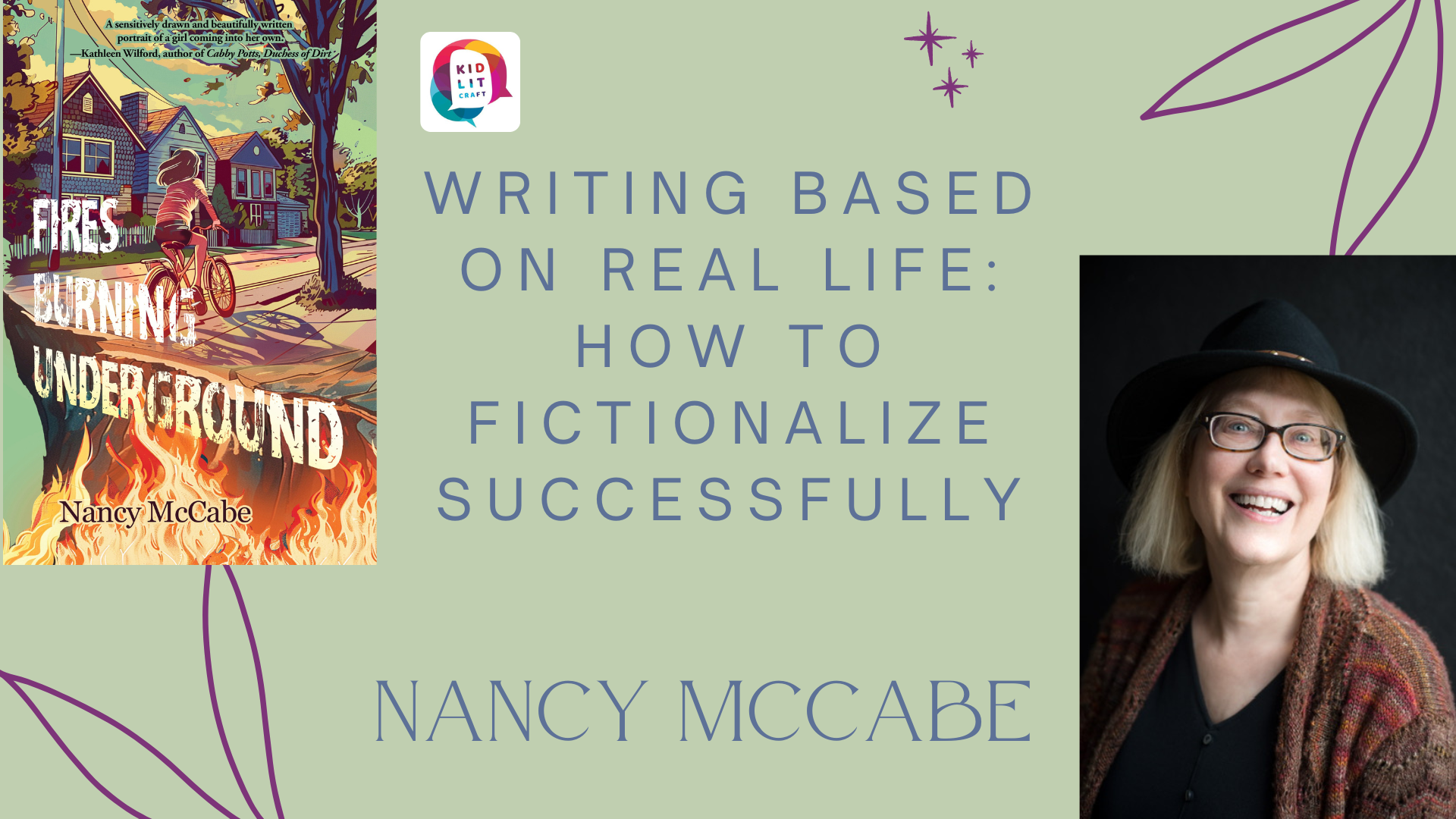Retro Post #1: Giving Children a Sense of Wonder: SWEEP by Jonathan Auxier
craft review by Kristi Wright
We're starting this curated retrospective with a post on one of our favorite books. We've chosen this post on SWEEP because it brings us back to why many of us write for children--to evoke wonder. Kristi details a number of techniques to infuse your story with wonder. If you're not writing a wonder-filled book, the post is equally instructive for ways you can incorporate other emotions in your readers--through character relationships, metaphors, and circumstances. We hope, whatever your goals, that you will be inspired. --Anne-Marie
One of my goals as a writer is to write books that give children a sense of wonder. But how do you do that? How do you give your readers a shimmery, shivery experience that transcends the mundane, that astonishes them, that fills them with awe? Sweep: The Story of a Girl and Her Monster by Jonathan Auxier is a 2018 novel that evokes wonder from the first sentence and never stops.
Sweep is the story of Nan Sparrow, an eleven-year-old girl whose kind and fatherly sweep master (Sweep) disappeared five years earlier, leaving behind a piece of charred soot that magically stays warm. Now she is indentured to a cruel master and barely surviving. When Nan gets stuck in a small chimney at a girls’ school, a young and mean-spirited sweep sets a fire below her to force her out. Nan almost dies but is saved by that warm char in her pocket, who transforms into a mysterious and magical creature intent on protecting her. But Nan is equally protective of her creature. As they carve out a life together while hiding from her cruel master, they seek to solve both the mystery of who the creature is and why Nan’s fatherly sweep disappeared. In the context of a harsh world, they live lives full of wonder.
Here are 8 techniques that Auxier uses in Sweep to fill his readers with wonder:
1) Showing reverence in the ordinary by presenting normal, everyday things as wondrous.
Auxier’s first paragraph of Sweep shines a spotlight on things that often get taken for granted but are actually quite spectacular.
There are all sorts of wonderful things a person might see very early in the morning. You might see your parents sleeping. You might see an ambitious bird catching a worm. You might see an unclaimed penny on the sidewalk or the first rays of dawn. And if you are very, very lucky you might even catch a glimpse of the girl and her Sweep. (3)
Children (and the best of adult readers) will immediately see that these everyday things are indeed wondrous. They will nod their heads and think to themselves… yes, these are amazing things. And the beauty of the opening paragraph is that its last sentence transitions its readers to the idea that the main characters in this book are also wondrous. Since the readers have already agreed that the author is right about the first items, they will suspend disbelief about the new characters being introduced. Whoosh! An elegant technique for sweeping the reader immediately into a state of wonder.
2) Showing people responding to main characters, their actions, and their relationships with wonder.
Auxier goes one step further and shows that the people who interact with his main characters—the Sweep and Nan—experience their interactions with larger than life, truly magical emotion. They experience awe when it comes to the main characters, especially when they witness the two characters in concert.
And as they [the girl and her Sweep] pass between sleeping houses, they sing at the top of their lungs… The song is not particularly special. Their voices are not particularly sweet. But when they sing, the most unusual thing happens. Instead of people snapping their windows shut to block out the sound, they rise from their beds, one by one, throw back the curtains, and decide to love the world just a little bit more. Parents suddenly feel the urge to hug their children. Children suddenly feel the urge to let them.
And every person, young and old, spends the rest of the day softly humming the song of the girl and her Sweep. (4)
Readers know that if this is how people respond to the girl and her Sweep singing together—despite them not singing particularly sweetly—then there is something marvelous—even magical—about them and their relationship.
3) Showing how beautiful the story world is through metaphor and lyricism.
The view from a chimney stack is a truly majestic thing. For miles in every direction all you can see are rooftops and more rooftops, like tiny dunes stretching to the horizon. Many times the Sweep remarked that kings and lords couldn’t wish for a better view--and he should know, because he had swept a few palaces in his day. (5)
4) Showing characters face dire situations with such grace that you almost wish you could be there with them.
The Sweep makes Nan’s life so wondrous that she forgets her hunger and her cold. So long as he is there, her world is a magical place. And we readers want to step into their orbit, even though we know that we would be unbearably hungry and miserable. But we like to imagine ourselves as being as noble and charming as they are.
Sometimes, on nights when there was no food to eat, the girl and her Sweep used to make story soup. The girl would fill her pockets with trash that she found on the streets—scraps of paper or trampled strings or bits of colored glass. At the end of the day, she would present these things to the Sweep. “Make story soup!” she would tell him.
“Oh-ho!” the Sweep would always exclaim, rubbing his belly with both hands. “You’ve brought us ingredients for a right feast!” (58)
5) Showing that moment when someone without hope finds a miracle.
Not only does Auxier do this early in the book with Charlie’s birth, but one of Sweep’s central themes explores the idea that miracles are always possible, even when one lives the bleakest of existences—that one must never give up hope. Fortunately, the small and large miracles along the way keep us entranced despite the barrage of difficulties that Sweep’s protagonists face.
The Sweep had raised Nan to believe in impossible things.
He had told her countless stories of genies and dragons and witches and fairies. He had made her believe that a thousand wonders were waiting around every corner. But she had learned through hard experience that these stories were not the real world.
The real world offered no miracles.
No “once upon a time.”
No “happily ever after.”
And yet, here in this dusty crawl space, she held a miracle in her hands. A miracle with eyes and a heartbeat and a crumbly gray body. (66)
6) Showing how beautiful a “beast” is in the eyes of his “beauty.”
This is classic fairytale action. You create a “beast” and then you show that one very special “beauty” thinks he’s the most exquisite thing in the world.
Nan shook her head. She stepped closer to him. “Charlie…” She placed her hands on his chest which was at her eye level. His chest was warm and crumbly. She wrapped both arms around him in a hug. Her fingers just barely touched on the other side. “You’re perfect.” (110)
7) Surprising the reader with a wondrous transformation.
Later in Sweep, Charlie remodels a nothing room, turning it into an extraordinary paradise, and we the readers are filled with awe and surprise.
“Nan stepped into the Nothing Room. What she saw made her gasp.
Charlie said, “Do you like it?”
Nan had no words. In just a few days, the attic had been utterly transformed. There were flowering bushes along the walls and soft moss on the floor. Ivy crept along the rafters. There were even three sapling trees—nearly as tall as the roof.” (245)
8) And finally, showing someone sacrifice themselves for the sake of a great and pure love.
This first example is from the beginning of the book. It demonstrates how much the Sweep loves Nan and how far he will go to ensure that she feels safe and unafraid. We readers feel the poignancy and beauty of his sacrifice as an act of true love.
The Sweep shared everything with the girl. If he had a scarf, he would let her wear it during the cold days and take it for himself on the hot ones. If they found a loaf of bread, the girl would eat half and pass the rest to the Sweep; he would eat half of what remained and then give it back to the girl; then she would eat half again; and so on. They would trade the loaf back and forth like this until the bread was gone and their bellies were full. (4)
Later when Nan is dreaming about her Sweep with a more mature understanding of the world, she connects the dots, providing additional clarity to any readers who may not have fully grasped the breadth of the Sweep’s sacrifice.
Nan woke from a dream about the Sweep. He had been mending her coat, as he often did, and she had noticed something about his own clothes—how worn and tattered they had become. With every stitch he gave her, he had lost one of his own. (234)
No spoilers… but Sweep has much more to say about how wondrous it can be to sacrifice all for the sake of mutual love.
As a mentor text for creating wonder in your writing, Sweep is about as good as it gets. These eight techniques likely are just the tip of the iceberg, but if you use even a few of these strategies, you will delight not only your readers but also yourself. And isn’t that, after all, the reason we write?
ACTIONS for those of you who are actively attempting to create wonder in your own WIPs:
Analyze your current project. How many of these techniques are you already using?
Have you wrung every ounce of wonder out of those moments? If not, let your creativity and your own sense of wonder soar.
If you haven’t already used all 8 of the techniques, pick 1-3 of the ones you haven’t yet experimented with and explore where you might use them to your wondrous advantage, either in a new scene or by inserting an additional paragraph or two.




